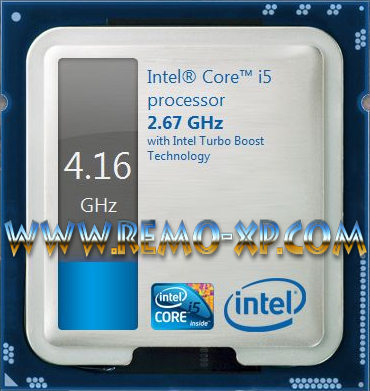
Support for AVX-512 baked into Intel desktop CPUs.While making use of the new Xe generation, the cores have proved to be up to 40% slower than what the completion offers. The processors have Xe-LP GPU cores, holding 32 EUs, which should be significantly slower than the 24 older EUs on Comet Lake. Intel also used the X e graphics from 10nm Tiger Lake and re-purposed these towards 14nm, X egraphics. Only the Core i9 models have the official Gear 1 approval for the RAM with DDR4-3200, DDR4-2933, however, works with every CPU with Gear 1. Only the K models have an open multiplier for overclocking. The Thermal Velocity Boost only works up to 70 ° C. All CPUs have up to 44 PCI-Express 4.0 lanes. According to Intel, Gear 2 costs a bit of performance and latency, we will definitely investigate this more closely as soon as the time comes, because so far Intel has been silent on this topic. Only the top model Core i9-11900K guarantees DDR4-3200 with Gear 1, all other CPUs have to make do with Gear 2 and can only use Gear 1 up to a maximum of DDR4-2933. What is new, however, is the so-called Gear 1 or Gear 2 mode, which you can compare with the synchronous IF (Infinity Fabric) clock at AMD. The official recommendation for system memory is now DDR4-3200, far below what the CPUs can actually manage. You can see where this new Boost feature would help, multi-threaded apps and games. You'll need the latest BIOS revisions to get this supported. So for more than four cores the up to 5.1 GHz far exceeds the previous specification of 4.9 or 4.8 GHz. Adaptive Boost now takes it up a notch, if a proper power supply is applied, and if temps remain below 70 Degrees C, all eight cores can boost to 5.1 GHz. If more than two cores are working, a maximum of 5.1 GHz is possible, but only for up to four cores if TVB activates. With a processor temperature of less than 70☌, it achieves a Thermal Velocity Boost of 5.3 GHz on two cores. Adaptive Boost will only be available for the Core i9 K and -KF models: In other words, only Core i9-11900K and Core i9-11900KF. Both Thermal Velocity Boost (TVB) and Adaptive Boost Technology (ABT) will be exclusive to Rocket Lake’s Core i9-11900K(F) series.
#INTEL TURBO BOOST TECHNOLOGY MONITOR 4TH GEN SERIES#
The 11th Gen Core series codenamed “Rocket Lake-S” will get a 4th Boost mode, labeled Adaptive Boost.

Two weeks prior to release, another boost mode got introduced, which has been finding its way into BIOSes one week prior to reviews. Pretty much end-users with liquid cooling will benefit from this the most. This technology was introduced with Cascade Lake-X and is available towards mainstream desktop to ensure single-threaded tasks run on the fastest cores. The conditions, as you can tell by its name, are the temperature of the processor, which needs to remain below 70 degrees Celsius. Once the processor gets warmer than this value, you'd revert to base or lower frequencies. Intel offers a third classification for its highest boosting frequency, this is called 'Thermal Velocity Boost'. This is an extra boost of 100 MHz, on both the single and all-core turbo, however, it is only active under certain conditions.

Intel markets this series as its Core processor series whereas HEDT would have been tagged Core-X. Intel has been unfolding the new series with an up-to 8-core and thus 16-threads processor (2 cores down from last-gen) in the desktop processor segment (HEDT seems dead).

Tweet 11th Generation Core series processors (RKL)


 0 kommentar(er)
0 kommentar(er)
